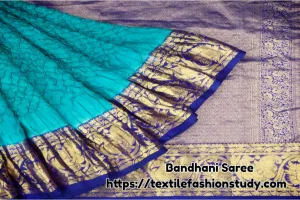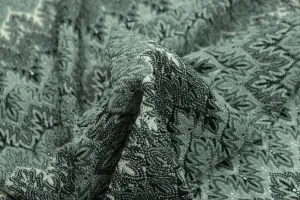Table of Contents
Dyes
Dyes are coloring materials used in dyeing textile materials. Besides, it can be defined as a substance that may be natural or synthetic and is used to change or add color to textile materials. Applying dyes to materials depends on the type of material. Different materials have different chemical structures, and different dyes have different chemical structures, so we have to know which dye is suitable for which materials. Here, I like to present the classification and properties of dyes used in wet processing.
Classification and Properties of Dyes
Dyeing and dyes—these two words are related to one another. Without dyes, it’s not possible to dye materials. So dye is the main idea of dyeing. But most of the time we do something wrong, and we face a lot of problems during dyeing. For this reason, we should know about the dyes that we use in our dyeing process.
Classification of Dyes
There are different types of dyes, such as readymade dyes, natural dyes, synthetic dyes, and food dyes available for the textile coloration process. The following are the types of dyes for wet processing technology. They are-
Readymade Dyes
Ready-made dyes are water-soluble, water-insoluble, and ingrain in types. They are-
Water-soluble Dyes:
Water-insoluble Dyes:
Ingrain Dyes
- Azoic Colors
- Oxidation Colors
- Mineral Colors
Natural Dyes
Natural dyes are the dyes that are produced naturally from different plant sources like roots, leaves, bark, berries, fungi, wood, lichens, etc. At the very beginning of dyeing history, the man started dyeing their materials with natural dyes. Indigo, woad, saffron, and madder are plant-based dyes which is much popular in Asia.
Synthetic Dyes
Synthetic dyes occupied the mark of dyes. Now a day most of the dyeing operation is done with synthetic dyes. A different factor is responsible for it. Synthetic dye is made from the reaction of two or more chemicals.
Food Dyes
Food dye is not an industrial dye. A higher standard is maintained during processing. It is generally used as a food additive. Generally, direct dyes, vat dyes, and mordant dyes are used. Food dye standards are also controlled hardly by the legislature.
Properties of Dyes
There are various types of characteristics of dyes. The followings are the major properties of dyes. They are-
- Firstly, dyes can be water-soluble or water-insoluble.
- Secondly, some dyes are anionic, some are cationic and some have both anionic and cationic properties.
- Thirdly, some dyes need low temperatures and pressure to make a solution, some need high temperatures and pressure to make a solution.
- After that, dyes must have suitable colors.
- Thereafter, it should not affect by the light.
- Dyes must be fixed with the fabric directly or with the help of a mordant.
- Lastly, all of the properties of dyes depend on the molecular structure of dyes.
Molecular Structure of Dyes
Now, the dye molecule bears some group that is responsible for producing color. The chromophore group is responsible for color production.
Chromophore Group:
The color-bearing unsaturated group of a dye molecule is called the Chromophore group. The following are some chromophore group names. They are-
- Ethylenic
- Nitro
- Azo
- Keto
- Nitroso
- Thioketo
- Quinonoid
- Acridine
Chromogen
We know about Chromogen. Basically, the compounds containing a chromophore are called Chromogen. We know that the leaves of the plant are green because it contains chromogen. Also, Auxochrome is a color-helping group, it does not produce color itself but depends on the color of the chromogen. The Auxochrome may be acidic or basic like OH or NH2, COOH, NR2, etc.
In sum, dyes are very sensitive to atmospheric conditions. So it needs to keep in a standard atmospheric condition. Significantly, different world-famous companies are trying to improve the properties of dyes. So by the research, we can get more efficient dyes for the next day.






2 comments
spchemtech
Nice post,you have classifiied the categories systematically.
aarushijohari
GOOD MATTER FOR STUDENT